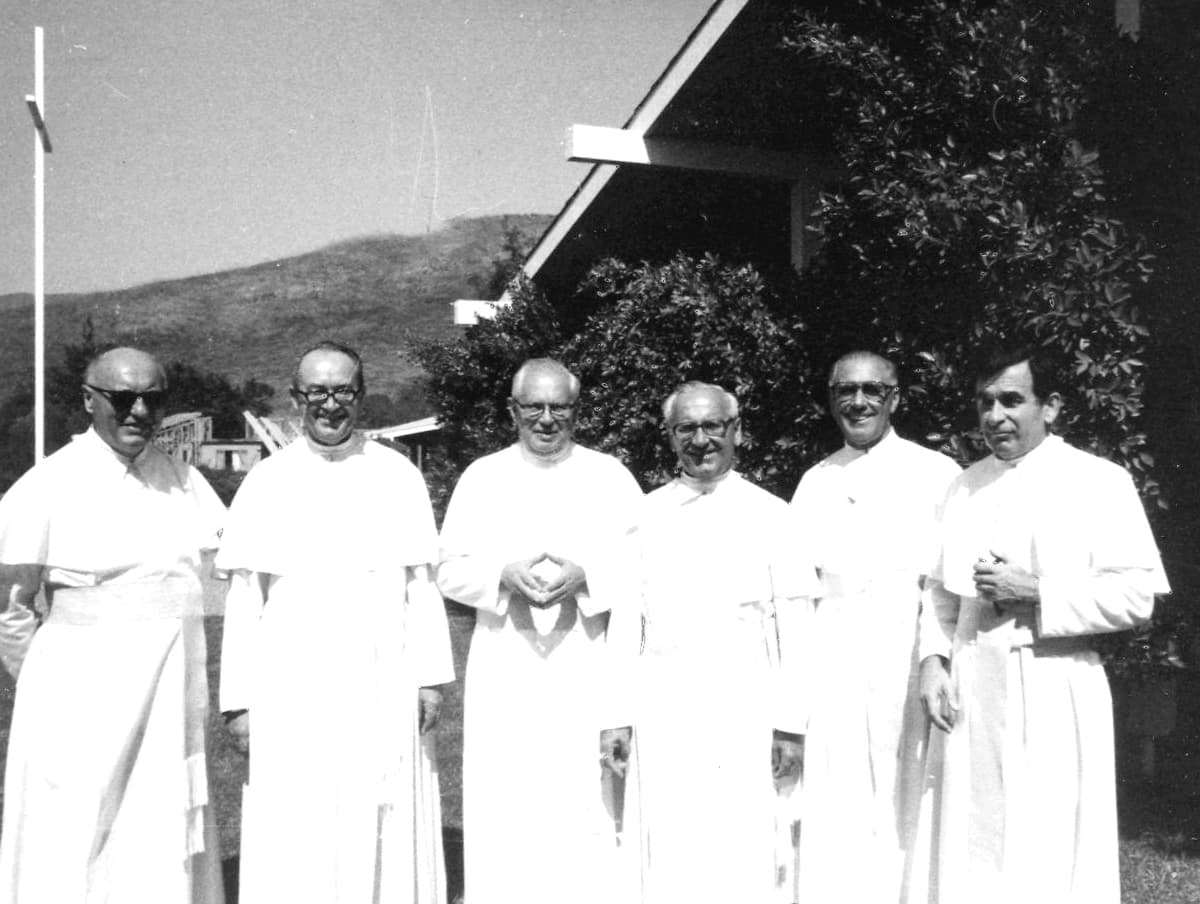BALLOTS, BEER, AND BLACKBERRIES
By the Middle Ages, Michaelmas had grown into a significant feast. In addition to being declared a holy day of obligation—a designation the solemnity enjoyed until the 18th century—Michaelmas also gained a cultural and political character. In the British Isles, Michaelmas marked the end of major harvests and signified the coming of fall. This timing made the day a convenient time to conduct business: loans and rent expired on Michaelmas, contracts ended and needed renewal, and wages were paid. Soon, Michaelmas became an occasion for elections for both political and academic positions, too.
Catholics would prepare for the solemnity with a short “St. Michael’s Lent,” so when Michaelmas finally arrived many Medievals took the holy day as a chance to party! Towns hosted processions, unveiled the first beer of the fall, and cooked special feasts. In Italy, it became popular to consume ales and desserts featuring ginger, probably because of the root’s association with good health. In England, eating goose was customary. People across Europe used the holiday to pick Asters (sometimes referred to as Michaelmas Daisies) to decorate their churches and homes.
One legend from the British Isles holds that when St. Michael defeated Satan, he cast Satan into a particularly prickly blackberry bush—a tale which developed into the practice of making blackberry jam and pies leading up to Michaelmas and avoiding the berries once the feast had passed. In Ireland, the faithful took the occasion as a chance to remember the dead.
Though the feast is no longer a holy day of obligation, it is still celebrated as a major solemnity by Catholics all around the world—including the Norbertines at St. Michael’s Abbey!












